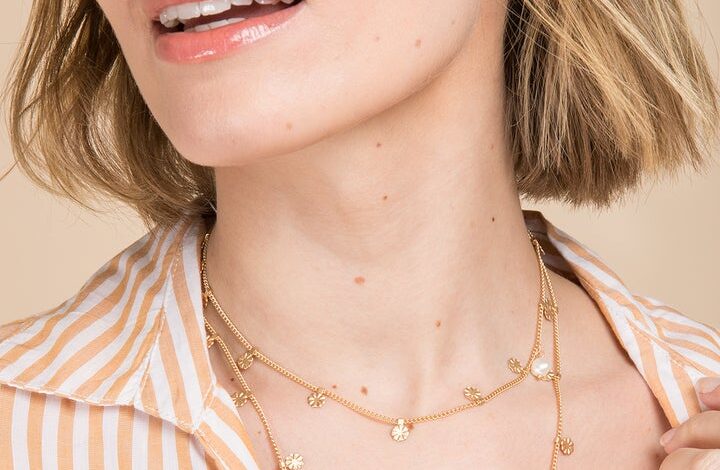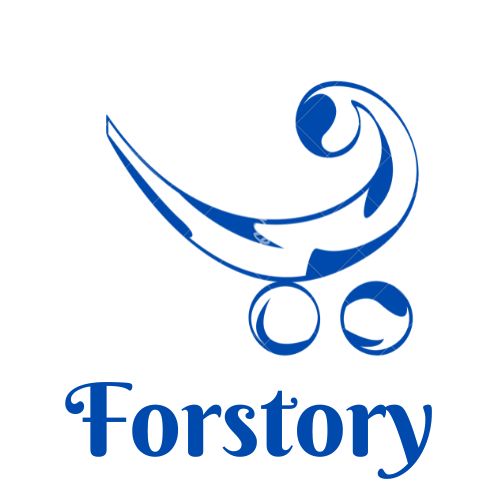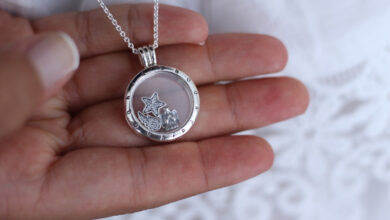THE HISTORY OF TURQUOISE NECKLACES

Basic plans of necklaces produced using bone, shell and stone have been found in early archeological unearthings in North America. Turquoise globule adornments have been a long practice in our Native American society. With the presentation of silversmithing by the Spanish, our Native Americans joined their ability of stone cutting with their new art of silver work. A portion of the new types of gems were turquoise cross necklaces, turquoise and coral necklaces, beaded silver turquoise necklaces and the squash blossom necklace.
Zuni Indians
The Zuni Indians took up the art of silversmithing in around 1872 and joined this with their ability in fine stone cutting. By the late twentieth century, Zuni adornments had become one of the most conspicuous types of Native American workmanship. They have an unmistakable style and are notable for their trim, unimposing point and needlepoint plans in their turquoise gems necklaces. The Zuni made gems planned around topics in nature, creatures and katsina artists. The Zuni have additionally acquired global acknowledgment for the interest carvings and make obsession pendants and fixation necklaces. The silver and turquoise necklaces they make have little hand cut stones and can shift from sensitive little necklaces to enormous turquoise necklaces.
Navajo
The Navajo Indians make lovely silver and turquoise statement necklaces set with turquoise from various mines from the southwest and all throughout the planet. The turquoise will change in shading relying upon the mine it is from. A portion of the well known blue turquoise necklaces you regularly see are from the Sleeping Beauty turquoise mine in Arizona and King Manassa turquoise and Royston turquoise mines can some of the time produce lovely greens found in a portion of the special, green turquoise necklaces you may see.
Navajo specialists do hand stepped silver work and elaborate plans with silver blossoms, leaves and dots encompassing the stones set in their adornments. Utilizing turquoise dots and pieces, they likewise make styles of beaded turquoise necklaces, thick turquoise necklaces and turquoise tucker necklaces.
Native American
The most notable Native American necklace is the squash blossom necklace. The most punctual squash blossom necklaces were made in the 1870’s and worn by Navajo and Pueblo people. The primary necklaces were made in plain silver. Researchers accept the “squash bloom” started from the Spanish-Mexican coat trimming or fasteners that took after the pomegranate. Navajo silversmiths joined the bloom or trefoil silver dots to the dabs on a silver globule necklace. They added the focal point to the base which is known as the naja or najahe pendant. Afterward, single bar crosses and twofold bar silver crosses were included in the squash bloom globules as enhancing themes. Beginning in the twentieth century, turquoise stones were added and recent trends of group work, needle point and decorate turquoise squash blossom necklaces were made. Contemporary plans by Navajo silversmiths are being made mixing the old with the new. You might see specialists utilizing silver peevish or creature plans in their squash blossom necklaces today. Navajo turquoise necklaces are genuinely wearable bits of workmanship!
Santo Domingo Indians
The Santo Domingo Indians have an old custom of gem making that can be found in their turquoise necklaces. The turquoise necklace is the common type of gem for Santo Domingo. The Santo Domingo specialists are most popular for their crushing, boring and hanging heishi dabs of shell and turquoise. Their expertise close by moved dabs or focused on dabs, the creation of turquoise heishi necklaces is a workmanship for contemporary specialists where has persisted to silver in the creation of fluid silver necklaces, moreover.
The word heishi initially signified “shell”. Today heishi is currently used to portray or mean fine, hand moved dots. The heishi globules are little, level bits of stone that are ground, hand bored and hung into necklaces. Turquoise heishi necklaces are generally made by Santo Domingo Indians, a Rio Grande Pueblo.
Heishi is conceivably the most established, old type of globule making in North America. Making heishi dabs is a serious work cycle and the cost is still up in the air by the sorts of materials utilized as well as by the evenness, perfection and slimness of the dabs. Different types of the word heishi are hesche, hirschi, heishe and hishi. The Santo Domingo are additionally known for their popular thunderbird necklaces and turquoise tab necklaces.




